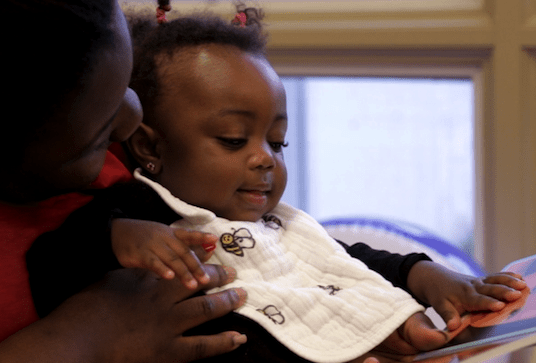Just as the foundation of a building anchors it in the earth and provides essential support for the growing structure, in the first three years of life children engage in a very fundamental way with concepts that anchor a child’s mathematical thinking and are essential for the growth of further mathematics.
We call these Precursor Concepts and each concept includes three key ideas. Precursor literally means “to come before,” and we believe that deep and meaningful engagement with these concepts must come before a child is ready to attend to the early mathematical Big Ideas in preschool.
Attributes are properties or qualities that allow us to describe and classify the world around us.
- We perceive attributes of the world around us through our senses.
- Attributes can be used to group.
- Language allows us to describe attributes with increasing precision.
Comparison is noticing sameness and difference.
- Comparison depends on recognizing attributes.
- Recognizing attributes makes it possible to notice sameness and difference.
- Noticing sameness and difference allows for matching, sorting, ordering and problem-solving.
Pattern involves rhythm, sequence, and regularity that allows for prediction.
- A pattern involves a set of defining elements.
- Regularity occurs when the defining elements recur in sequence.
- When a regular sequence begins, there is an expectation that it will include the defining elements.
Change means something becomes different.
- Change may be qualitative or quantitative.
- The difference may be the result of joining, separating, or of transforming.
- To respond to change, the difference between the initial condition and the changed condition must be recognized.



